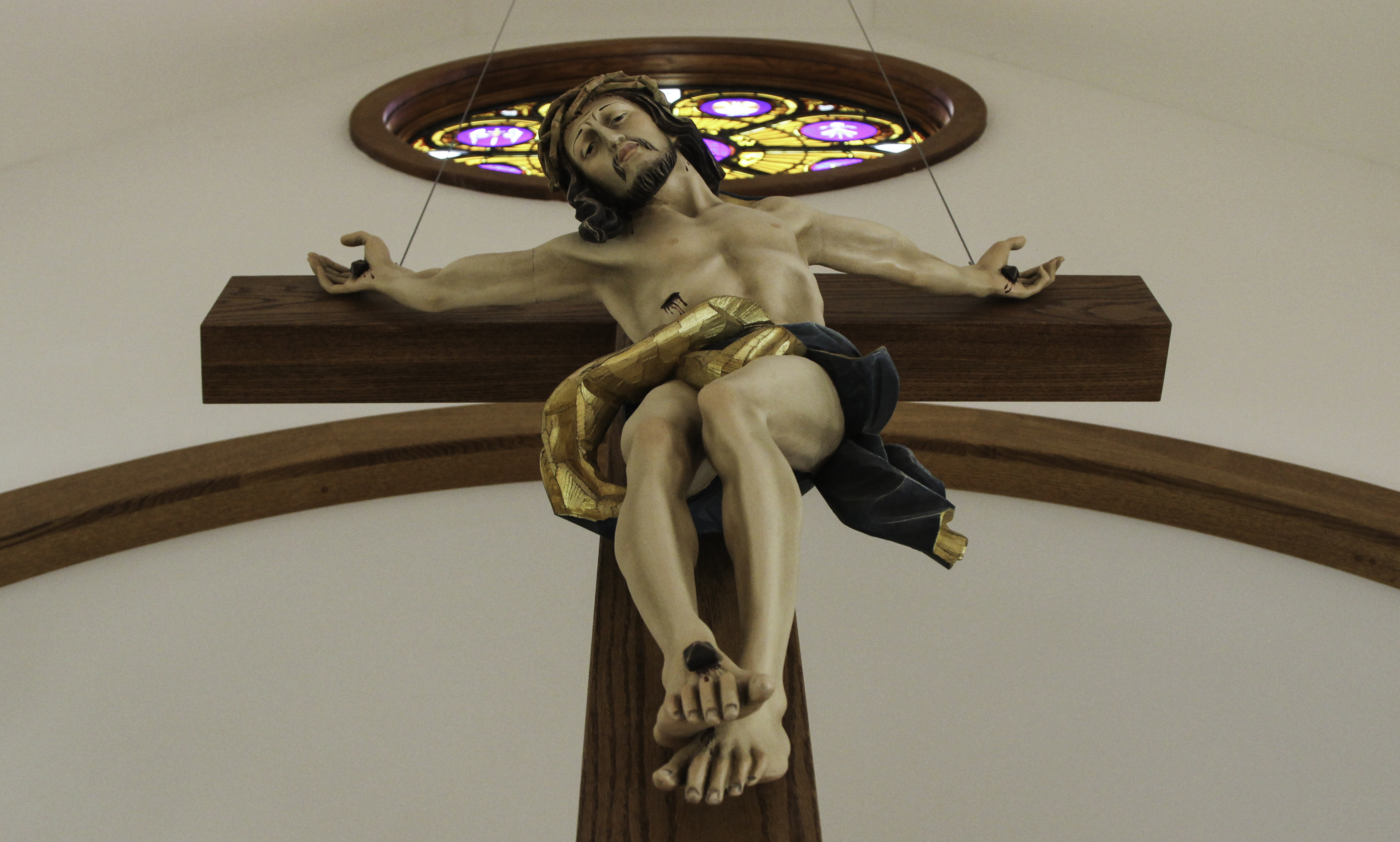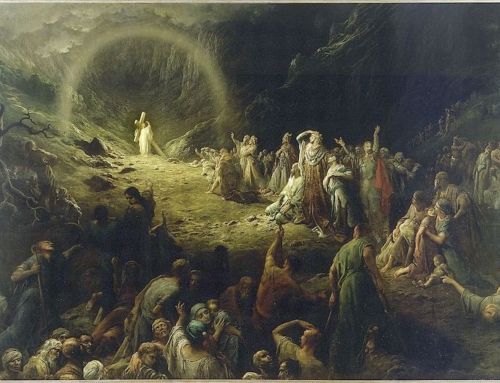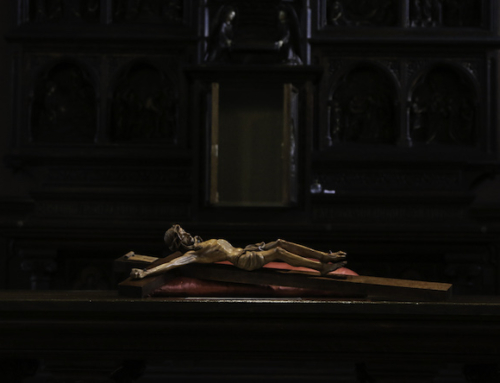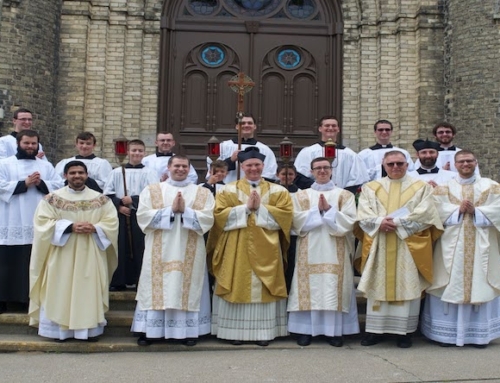Today has traditionally been celebrated as the feast of St. Narcissus, a second century bishop of Jerusalem. For a saint and bishop so close in proximity to the apostles, devotion to him has not been as popular as with other apostolic fathers. Perhaps it is due to the little known about him, as the Church had begun to spread to the ends of the world from its nest in Jerusalem by the time he became bishop. Or perhaps it is due to his sharing the same name with a not-so-admirable figure in Greek mythology.
In the mythological story, a young man named Narcissus thought so highly of himself that one day, while catching sight of his image in the river, he fell passionately in love with himself. Trying to grab the image of his own beauty, he fell into the river and to his death. The bloom of a small flower along the riverbank would constitute his only remains. From Narcissus’ name and example, we get the etymology and meaning of the word narcissism, the over-inflated love of self.
It has been noted that we live in an era of intense narcissism. For all the good that social media has done in keeping us connected, taking “selfies” that can be posted in an instant for all of our friends to see has become the new normal. Society has found more ways to put the focus on ourselves, to seek attention, and to get everyone to admire “me, myself, and I.” The example of the often-neglected St. Narcissus, who was anything but what his name insinuates, may help us find the remedy for the rampant narcissism that surrounds us.
During Narcissus’ time as bishop of Jerusalem, a group of his enemies disliked his decisions. The angry mob resorted to accusing him of wrongdoing, leading to his temporary removal as bishop. How did the saintly bishop respond? Perhaps he stood on his pedestal, turning all of the attention to himself? On the contrary, he retreated to a life of solitude, being attentive to constant prayer and turning his gaze toward Christ. In time, his name would be cleared, and he would be restored to his rightful place as bishop.
The contrast of the two men named Narcissus is a lesson on true discipleship. The mythological Narcissus was so focused on himself that he fell to his untimely death. He only sought to follow his own image, even if that meant a fatal end. The Narcissus of Jerusalem did not turn his gaze inward, but toward Christ, looking upon Him, so that he may better follow Him.
Gazing upon Christ, though, we cannot avoid the sight we behold: “a man of suffering, accustomed to infirmity” (Is 53:3). We need only think of Pontius Pilate’s piercing words to the crowds on Good Friday: Ecce homo, “behold the man” (Jn 19:5). These words are a call for all of us if we want to be true disciples of Jesus. Looking upon Jesus is not always pleasant! We must look at Him completely—in all of His barren woundedness on the Cross. This becomes the true mirror for our lives, for we see in Christ our own woundedness and shame, our very sinfulness, which He has taken upon Himself.
Yet by looking upon Christ crucified, our very brokenness begins to be transformed. Christ returns the look, from the Cross, reflecting His own healing power into our lives. Transformed by His love and saving mercy, we blossom into new creatures through Him who died and rose, reflecting the light of His Resurrection. As disciples of the risen Jesus, those we meet should no longer see us, but Christ, living and working in our very lives.
Saint Narcissus knew this path of discipleship firsthand, enduring unjust suffering while turning his gaze upon Christ crucified. His perseverance was a sign of his trust in the promises of the Resurrection. May each of us always turn our gaze toward Christ crucified, especially in the midst of trial. In this way, we will be more like Narcissus…St. Narcissus, that is! For when we turn to Christ, our lives will no longer reflect our image, but His.
✠
Photo by Fr. Lawrence Lew, O.P. (used with permission)







